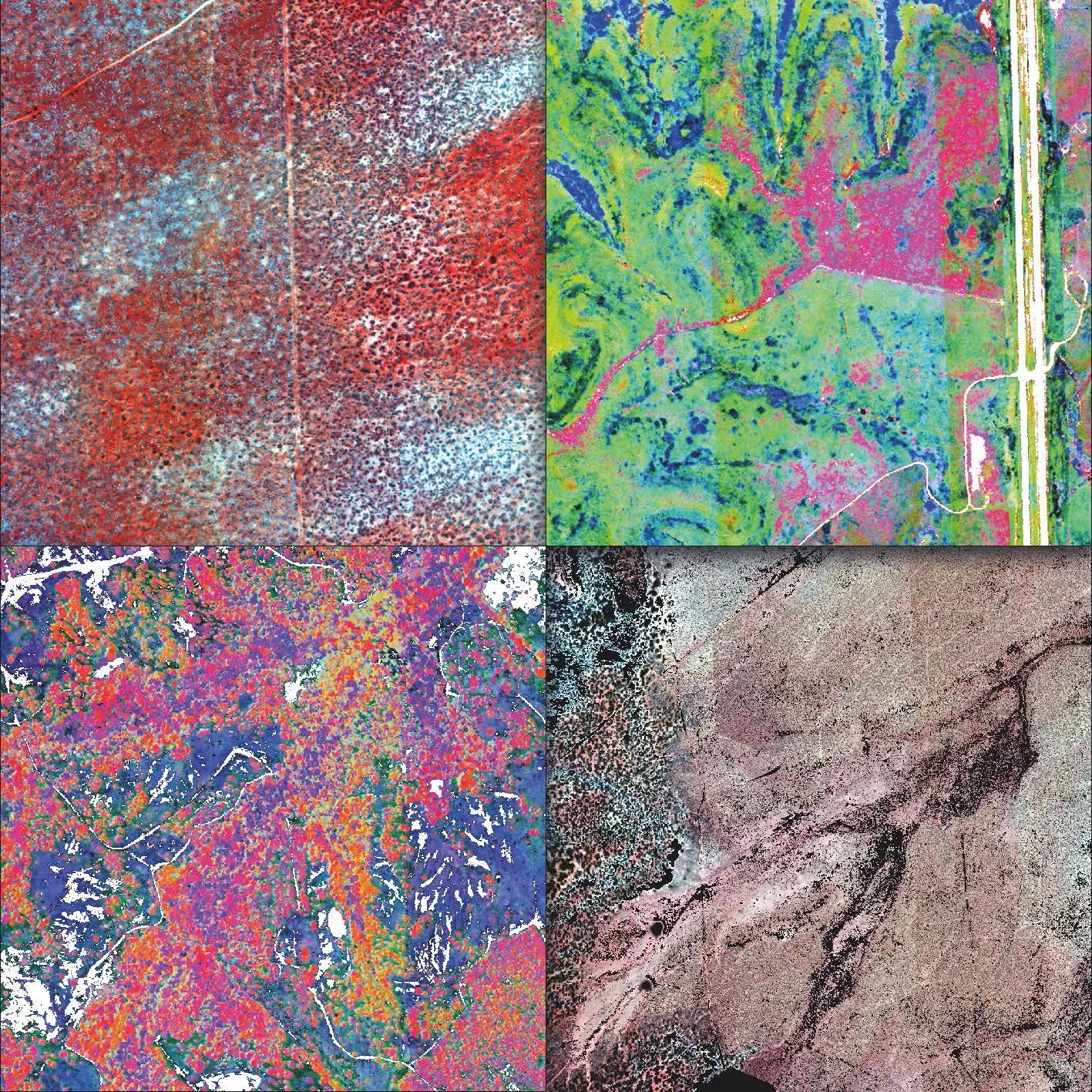In order to protect threatened ecosystems, restore damaged habitats and offset the negative effects of global biodiversity loss, internationally comparable biodiversity data are needed. However, the current biodiversity monitoring is labor-intensive and the cost is very high. In addition, many parts of the world are difficult to access.

It is possible to monitor biodiversity from space by satellite
Anna Schweiger of the Remote Sensing Laboratory of the Department of geography of the University of Zurich (UZH) and Etienne Lalibert é of the University of Montreal said that the plant biodiversity of various ecosystems from Arctic tundra to tropical forest can be reliably assessed by image spectroscopy. "Through our research, we hope to contribute to the future detection of changes in the species composition of our earth's ecosystem from space," said Anna Schweiger, the first author of the new research paper. "Our goal is to provide evidence-based guidance for policy measures to protect species and mitigate the negative impact of biodiversity loss."
The imaging spectrometer measures the reflectivity of light in the electromagnetic spectrum from visible light to short wave infrared range. The reflectance of plants is determined by their chemical, anatomical and morphological characteristics, which are very important for the interaction between plants and with the environment. "Plants with similar traits and closely related species often have similar reflection spectra," Schweiger said
Use reflected light to evaluate the characteristics of individual plants and plant communities
The current research is the continuation of researchers' work on spectral diversity indicators. Their index calculates spectral changes between individual plants in a community and between communities in an area. Among them, the diversity within the community is called α- Diversity, and the diversity between communities is called β- Diversity.
The data for the study came from the National Ecological Observatory Network (neon). The network uses standardized methods to collect biodiversity and earth observation data across the United States and then make it publicly available. It is reported that the pixel size collected from the spectrometer in flight is 1 × 1 meter.
The calculation of spectral diversity shows that α- The detection of diversity depends on the size of the plant. The spectral diversity calculated in the forest with closed canopy and large tree individuals is more matched than the plant diversity determined on the ground in the open landscape dominated by small herbs and grass. However, spectrum β- Diversity in 20 × Differences in plant community composition in all studied ecosystems were captured based on a 20 meter spatial resolution. This pixel size matches the size of the vegetation list plot of neon.
The European Space Agency (ESA) and its North American counterpart NASA are currently developing satellite based image spectrometers. They plan to image the whole earth about every 16 days, with a pixel size of about 30 × 30 meters. The results of the study show that these data should be able to detect changes in the ecosystem. "Our research will help to effectively and reliably determine changes in plant community composition through satellites in the foreseeable future," Anna Schweiger said. "This will help to carry out targeted field surveys to assess the causes and consequences of ecosystem changes and enable stakeholders to respond at the appropriate time." According to Schweiger, global monitoring of Biodiversity - almost in real time - is now within reach.